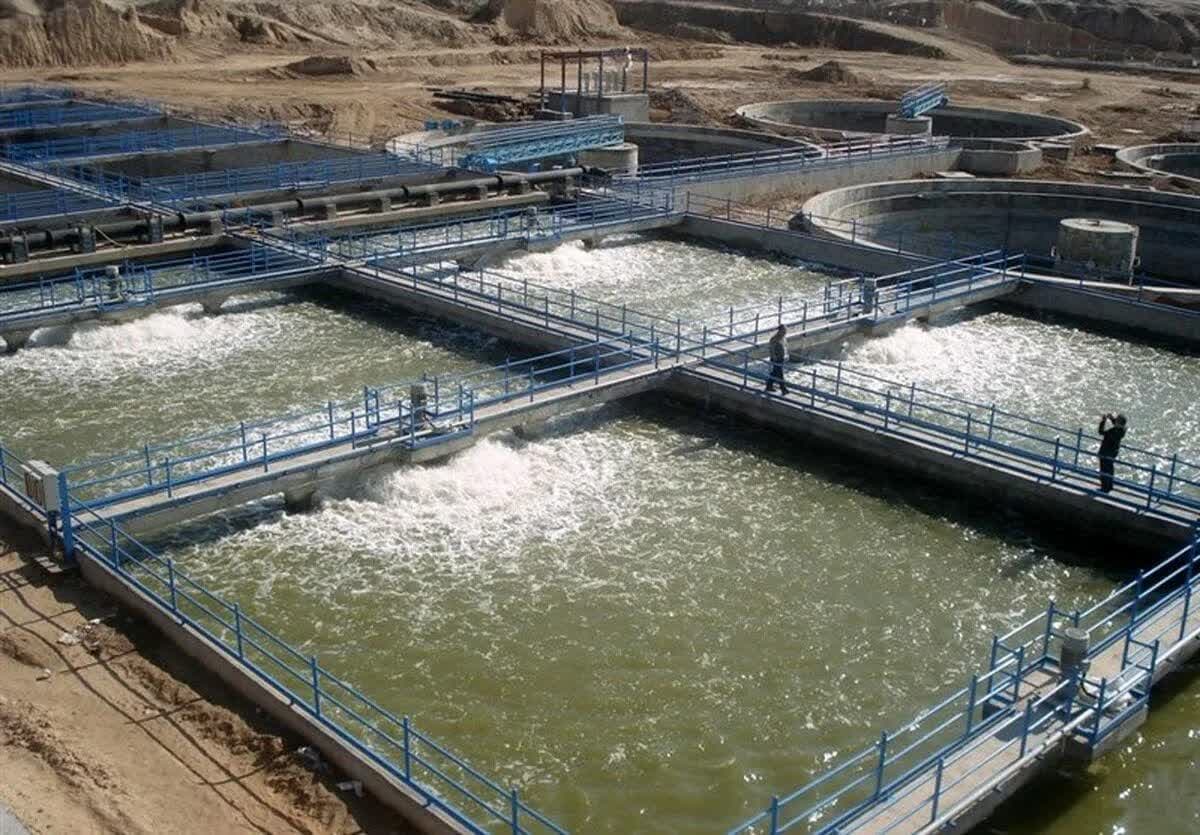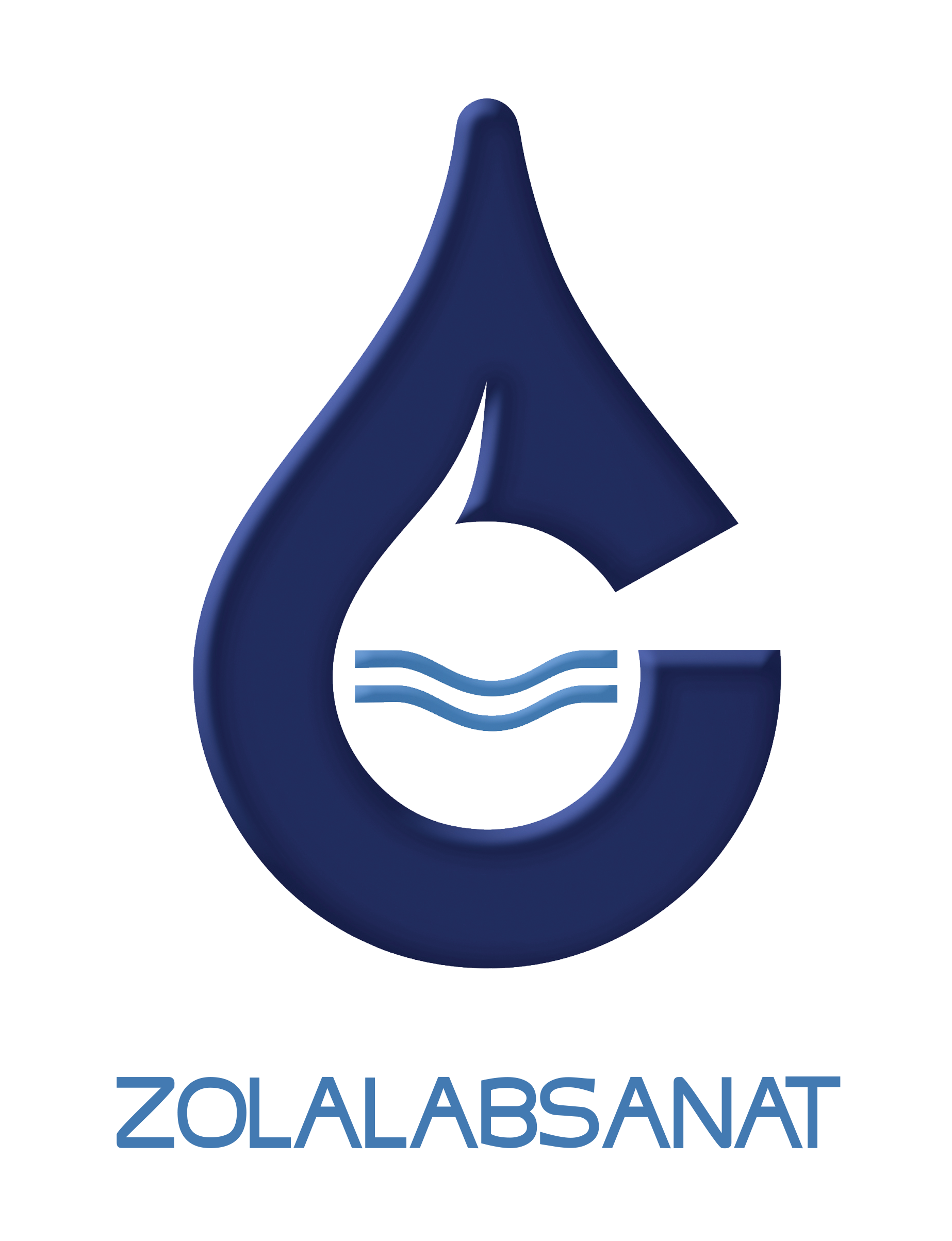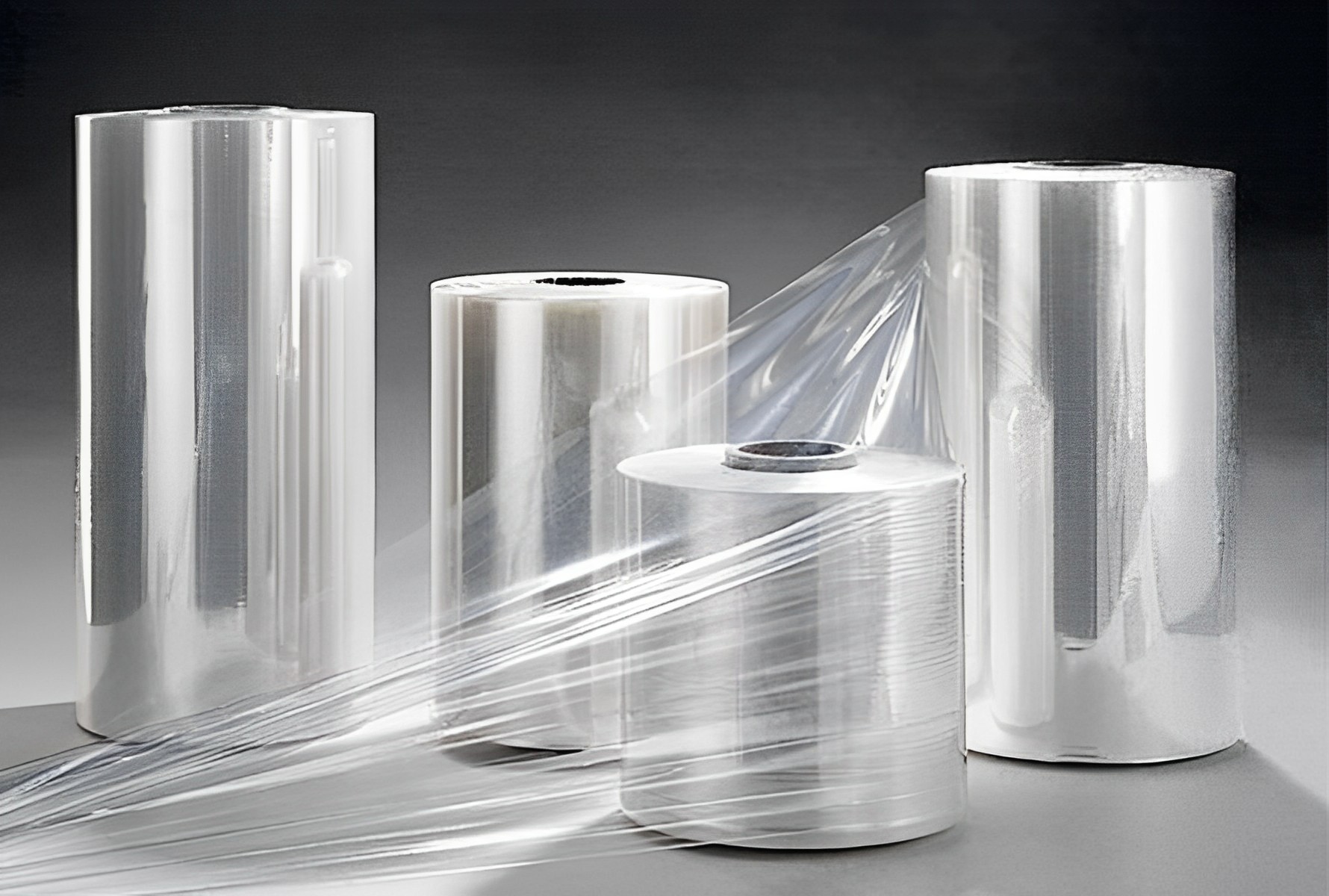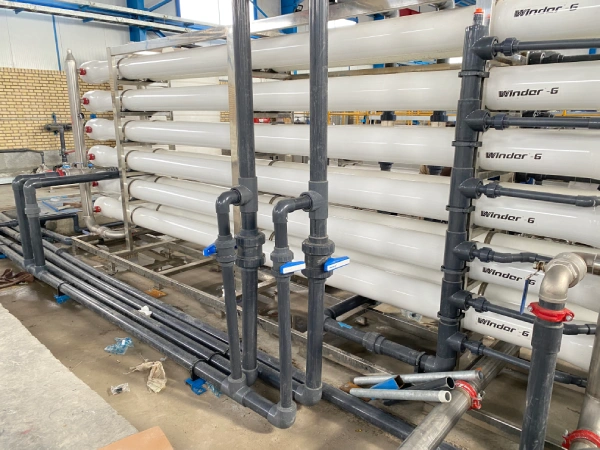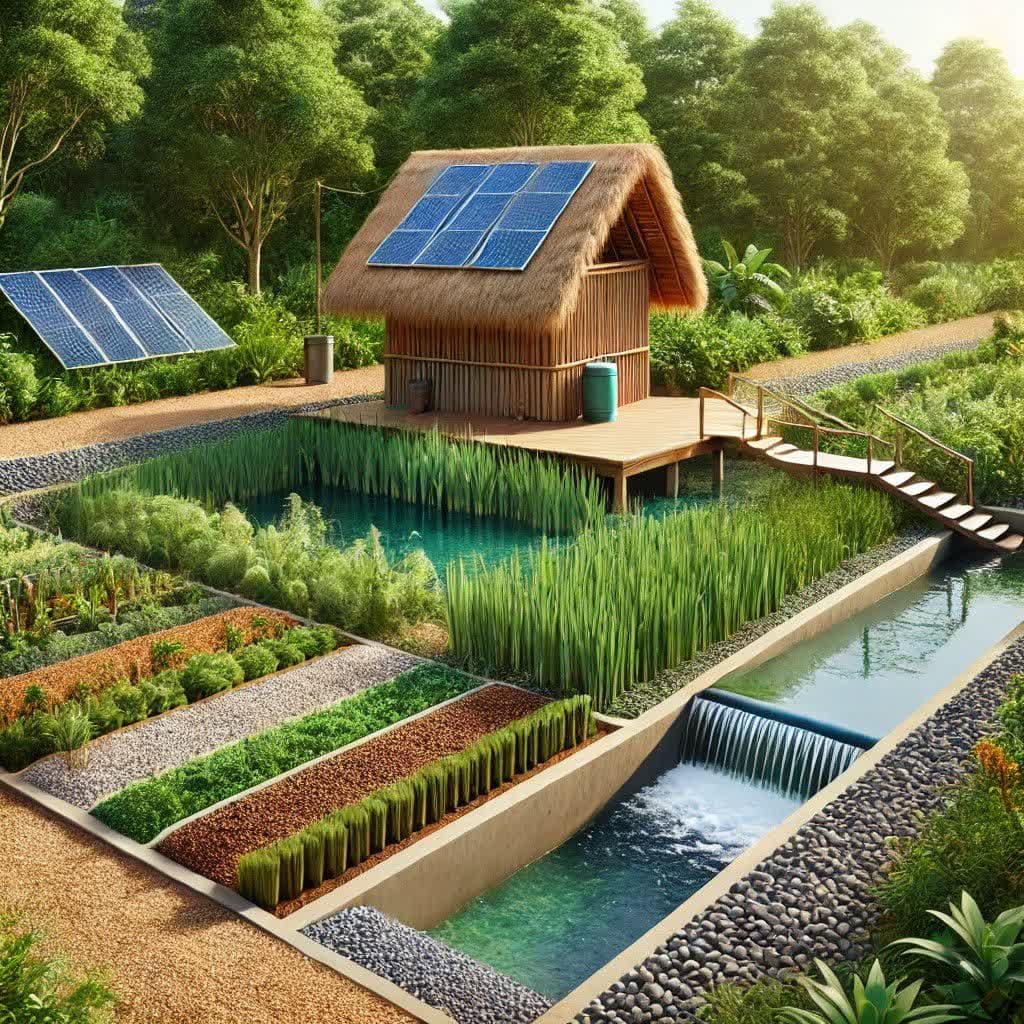Industrial Wastewater Treatment Process
Industrial wastewater treatment is the process of cleaning and purifying water that has been used in industrial operations. This water can contain various pollutants such as chemicals, heavy metals, oils, and particles that need to be removed before it can be safely released into the environment or reused.
Here’s how the process typically works:
- Pre-treatment: In this first step, large particles like dirt, debris, and oil are removed from the wastewater. This is done through physical processes like filtration and sedimentation. This helps prevent damage to the equipment in the next stages.
- Primary Treatment: This stage focuses on removing suspended solids from the water. It involves settling tanks where heavier particles settle at the bottom, and the cleaner water is separated. This stage is useful for removing larger particles but doesn’t remove dissolved contaminants.
- Secondary Treatment: This step uses biological processes to break down organic pollutants. Microorganisms, like bacteria, are introduced to the wastewater to eat up the dissolved organic matter. This process can take place in aeration tanks where the water is oxygenated to encourage bacterial growth.
- Tertiary Treatment: This is the final step to remove any remaining pollutants. It includes more advanced methods like filtration, chemical treatment, or even ultraviolet (UV) disinfection. This step ensures that the treated water meets the required safety standards before being released or reused.
- Disposal or Reuse: After the water has been treated, it can either be safely released into rivers, lakes, or the ocean or reused in industrial operations, depending on the quality of the water.
The goal of industrial wastewater treatment is to protect the environment and public health by ensuring that water is properly cleaned and treated before being released or reused.
